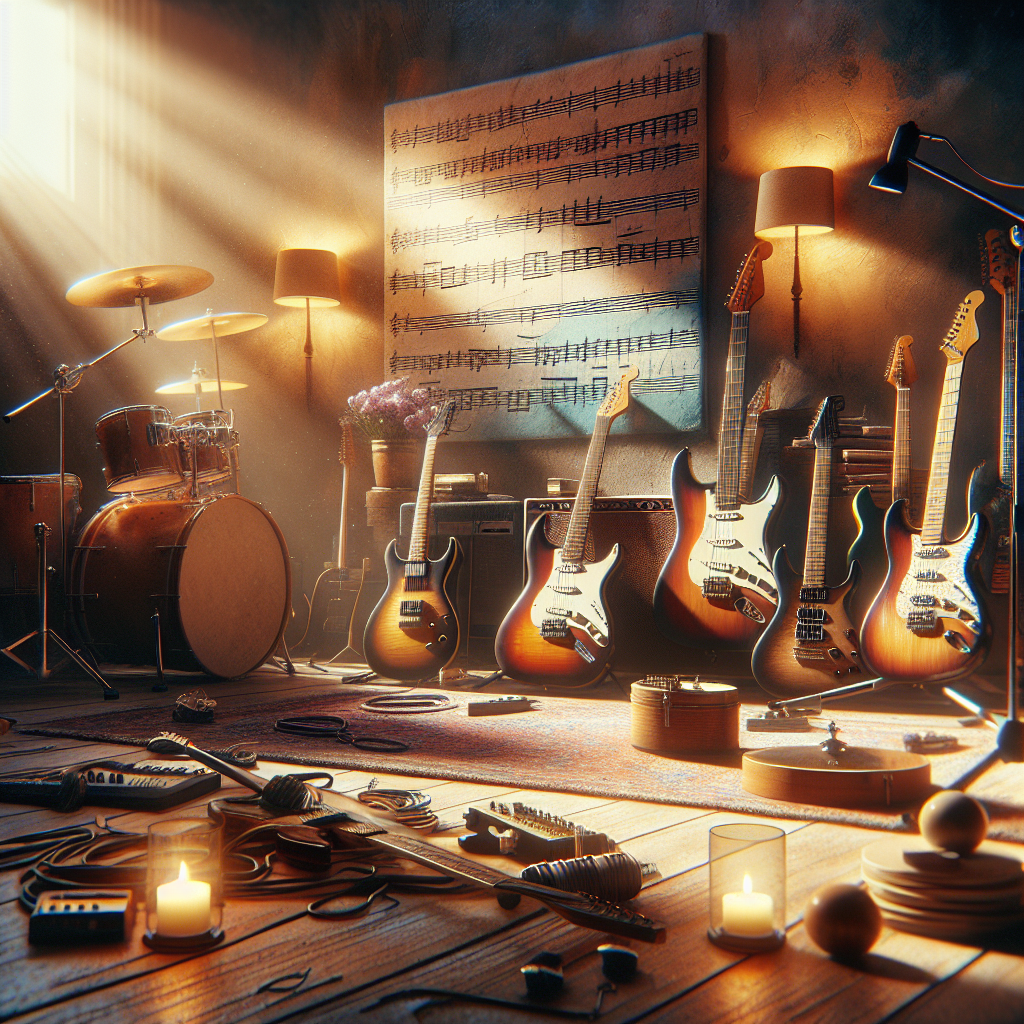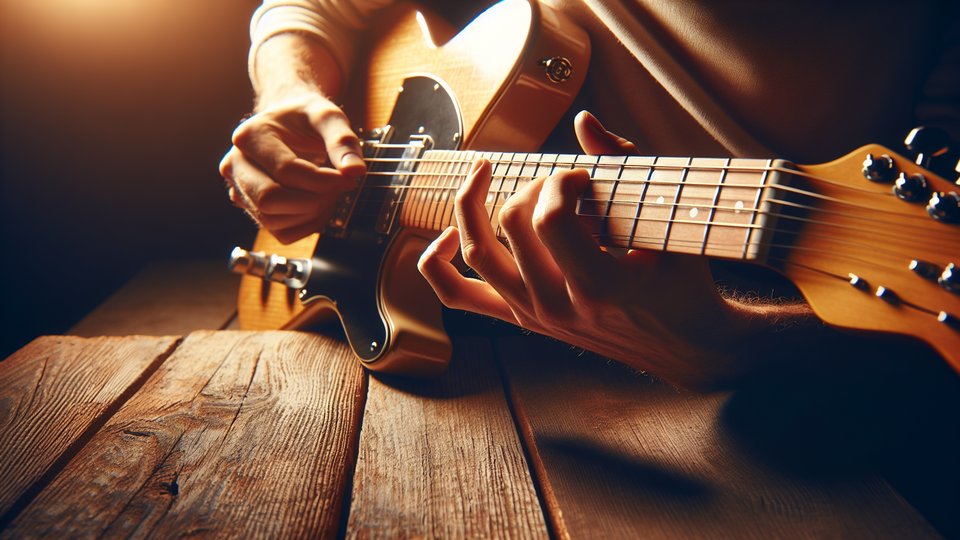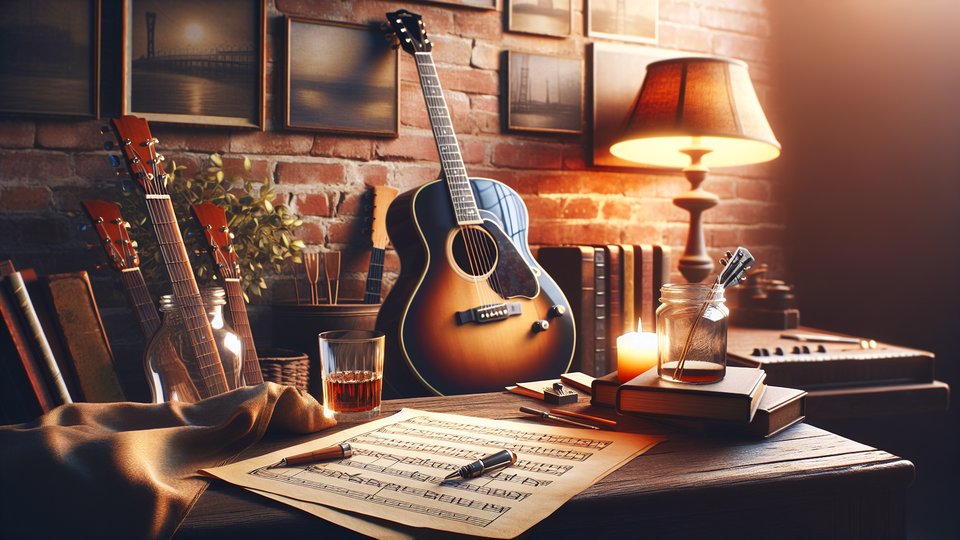
The whole tone scale is a powerful tool that can add a unique and exciting flavour to your guitar solos.
The whole tone scale is a powerful tool that can add a unique and exciting flavour to your guitar solos. This scale is made up entirely of whole tones, giving it a dreamy and ethereal quality that can captivate listeners. If you want to take your solos to the next level and stand out from the crowd, incorporating the whole tone scale into your playing is a great way to do it.
To start using the whole tone scale in your solos, it's important to first familiarise yourself with the scale itself. The whole tone scale is built by stacking whole tone intervals, which means there are only six unique notes in the scale before it starts repeating. This gives the scale a symmetrical and evenly spaced sound that can create a sense of tension and release in your playing.
One of the key benefits of the whole tone scale is its versatility. Because it is made up entirely of whole tones, there are no traditional major or minor tonalities present in the scale. This means that the whole tone scale can be used over a wide variety of chord progressions and can add a sense of ambiguity and mystery to your solos.
When using the whole tone scale in your solos, don't be afraid to experiment with different patterns and sequences to create interesting melodic lines. Try playing the scale in different positions on the fretboard to discover new and unique sounds. Using our tools for learning the notes of the fretboard and ear training can also help you become more comfortable with navigating the whole tone scale.
Another effective way to incorporate the whole tone scale into your solos is by combining it with arpeggios and triads. By recognising triads all over the fretboard, you can easily integrate them into your solos to create harmonic interest and depth. Our triad visualisation tool can be a valuable resource in helping you see these patterns on the fretboard  .
.
In conclusion, the whole tone scale is a fantastic resource for guitarists looking to add a touch of originality and intrigue to their solos. By familiarising yourself with the scale and experimenting with different ways of using it, you can unlock a world of creative possibilities in your playing. So why not give the whole tone scale a try in your next solo and see where it takes you? 